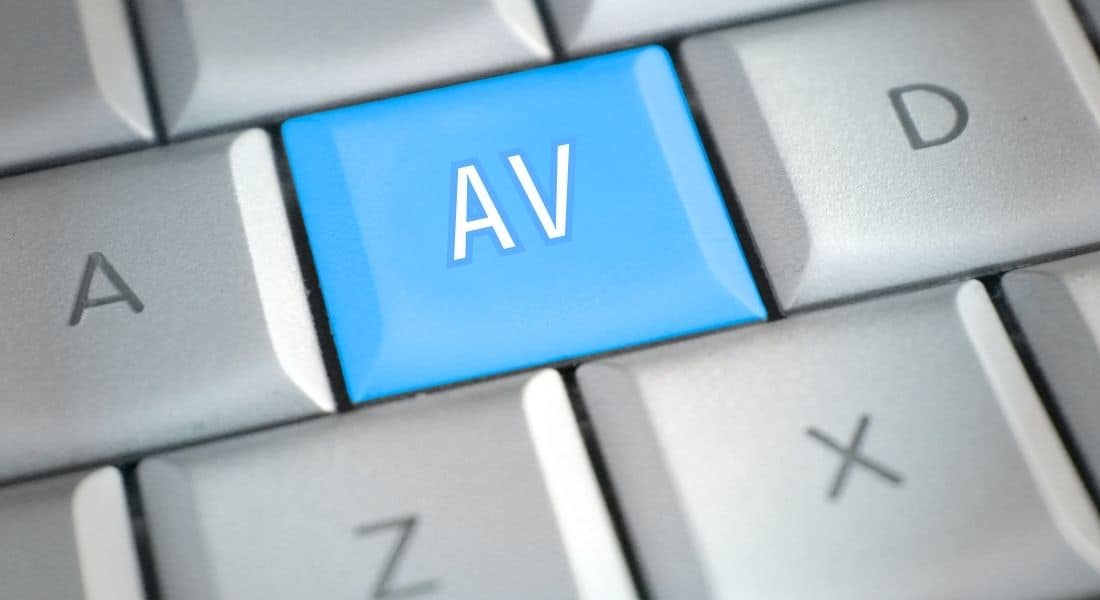AV technology and systems integrations in higher education are not just tools to achieve specific goals. They are catalysts for the immersive evolution of learning. This evolution is driven by various factors, including infrastructure and budget, user accessibility, training requirements, solution scalability, integration compatibility, and privacy and security. This article, however, does not delve into the specifics of the AV solutions designed to meet these factors. Its primary focus is on the transformative role of technology in higher education, which is instrumental in driving this evolution.
Interactive AV Technology for Higher Edu Digital Signage Systems
Deploying digital signage on college campuses is a strategic decision. It enhances communication strategies and personalizes interactions with students and visitors. By integrating AI solutions, it can customize the campus experience, collect and leverage data, and provide real-time updates.
Modern digital signage solutions now include interactive features, enabling quick and efficient information access. Among the tools to incorporate with immersive digital signage is RFID technology, which further enhances personalization by recognizing demographics and displaying specific details. QR-code and NFC technology connect multimedia and play a crucial role in providing a safer campus with real-time emergency announcement solutions.
In essence, digital signage significantly improves information access and safety on campus, making it a valuable investment for colleges and universities. It is a practical solution that provides real-time information across campus, from event schedules to emergency notifications.
Along with AI-generated content to display, digital signage trends include using 4K displays for crisp visuals, interactive touchscreens, and integration with social media feeds to keep the campus community updated on events and announcements.
AV Immersion Learning with Virtual and Augmented Reality
Virtual reality (VR) and augmented reality (AR) are opening new avenues for immersive learning. From virtual lab simulations to interactive history lessons, these technologies provide hands-on experiences that enhance understanding. VR can transport students to different historical eras or scientific environments, offering a more engaging way to learn complex subjects.
The benefits of VR in education emphasize its ability to create immersive, interactive learning spaces that can improve student engagement and retention. VR can simulate real-world scenarios, making abstract concepts more concrete and understandable and providing the unique opportunity to work through real-world scenarios and gain experience without real-world consequences. This immersive approach to learning with AV technology can ignite a spark of excitement and motivation in students, making them more eager to learn and excel.
Implement the Power of AI with ChatGPT Edu
ChatGPT Edu stands out as a unique AI platform explicitly designed for universities. It’s a specialized ChatGPT powered by GPT-4o, offering advanced text and visual data processing and analysis capabilities. The new AI tool developed by OpenAI assists in tutoring, writing grant applications, and reviewing résumés. This system also provides personalized AI tools that cater to the needs of students and faculty, ensuring privacy and data security.
The development of ChatGPT Edu is a shining example of the transformative power of AV technology in higher education. Universities like the University of Oxford, Wharton School of the University of Pennsylvania, University of Texas at Austin, Arizona State University, and Columbia University in the City of New York have harnessed the potential of ChatGPT Enterprise and achieved remarkable results. These success stories are a testament to the transformative impact of AV technology, inspiring other institutions to follow suit and revolutionize their educational and operational landscapes.
Practical Applications Bring Positive Outcomes Campus-wide
Universities have found various applications for ChatGPT that benefit different stakeholders.
- Provides personalized tutoring for students.
- Helps researchers write grant applications.
- Assists faculty with grading student material and generating comments and feedback.
These innovative applications have led to positive outcomes, demonstrating the versatility and potential of ChatGPT Edu. Building on the success of these applications, ChatGPT Edu will revolutionize how universities harness AI.
- Professor Nabila El-Bassel at Columbia University leads an initiative leveraging AI for community-based strategies to reduce overdose fatalities. Her team innovatively used GPT to analyze and synthesize large datasets, significantly reducing the research time required for interventions.
- Undergraduates and MBA students at Wharton completed their final reflection assignments by engaging in discussions with a GPT trained on course materials, reporting a deeper understanding of their learning experiences.
- Assistant Professor Christiane Reves at Arizona State University is developing a customized Language Buddies GPT to engage students in German conversations suited to their language level while providing tailored feedback, enhancing students’ communication skills, and saving faculty time on assessments.
ChapGPT Edu Benefits for Higher Education Institutions
The platform offers many benefits, including access to GPT-4o for advanced text interpretation, coding, and mathematics. Features include data analytics, web browsing, and document summarization. It is possible to create custom versions of ChatGPT and share them within university workspaces. Support for over 50 languages. Strong security, data privacy, and administrative controls. Conversations and data are not used to train OpenAI models.
With these features, ChatGPT Edu is not just a tool but a strategic asset that can empower universities to achieve their AI goals at scale. ChatGPT Edu is especially for schools seeking to implement AI more broadly across students and campus communities, showcasing a scalable model for other institutions. What makes ChatGPT Edu exceptional is its enterprise-level security and controls, making it a cost-effective and secure choice for educational institutions.
Improving Accessibility with Higher Edu AV Technology
Accessibility is a crucial consideration in higher education, and AV technology plays a significant role in making learning more inclusive. Closed captioning and transcription services for recorded lectures ensure that students with hearing impairments can access the material. Similarly, screen readers and other assistive technologies help students with visual impairments engage with digital content.
In addition, AV integrations can promote an inclusive learning environment for non-native speakers through real-time translation services and multilingual subtitles, ensuring that every student can thrive, regardless of their preferred languages. Another higher education AV integration that supports diverse needs is the interactive whiteboard, a mainstay for hybrid classrooms and distance learning. Users can customize their interface to suit their preferences and physical capabilities.
However, it’s important to note that not all higher education AV solutions are fully accessible. For instance, screen readers may not be available for all lectures. Transcription and closed captioning may sometimes be inaccurate, creating barriers to learning. So, as a whole, we need to do better. But, with an inclusive approach to AV, we can ensure that every student feels valued and included in the learning process.
Enhancing Student Engagement with Gamification Solutions
Gamification is an innovative approach to education that integrates game design elements into the learning process. AV technology is crucial in gamifying education by providing the tools to create interactive and engaging learning experiences. For instance, digital quizzes and interactive simulations can turn traditional lectures into fun and competitive activities.
AV technology is not just a tool, particularly virtual and augmented reality (VR and AR). It’s a gateway to exciting and engaging learning experiences. These technologies can transport students to ancient civilizations, allowing them to explore historical sites virtually. This immersive approach to learning with AV technology can ignite a spark of excitement and motivation in students, making them more eager to learn and excel.
Gamification can motivate students to participate enthusiastically in the learning process. This fun and competitive approach to learning with AV technology can ignite a spark of excitement and motivation in students, making them more eager to learn and excel.
Audio Video Technology Integration and Campus Transformation
 Integrating these AV solutions is not just enhancing education but also transforming how campuses operate. By leveraging digital signage, AI tools, and VR/AR technologies, educational institutions can provide immersive learning that caters to diverse student needs. This transformative impact of AV technology on higher education and learning should inspire and give hope to educators and administrators, showing them the potential for creating a more engaging and inclusive learning environment.
Integrating these AV solutions is not just enhancing education but also transforming how campuses operate. By leveraging digital signage, AI tools, and VR/AR technologies, educational institutions can provide immersive learning that caters to diverse student needs. This transformative impact of AV technology on higher education and learning should inspire and give hope to educators and administrators, showing them the potential for creating a more engaging and inclusive learning environment.
Read case studies and additional in-depth articles on AV solutions in the Vizual Symphony blog for more information. Please contact us for a free consultation if you have specific needs or projects. Call (626) 229 9112 to schedule a time to talk to our experts.




